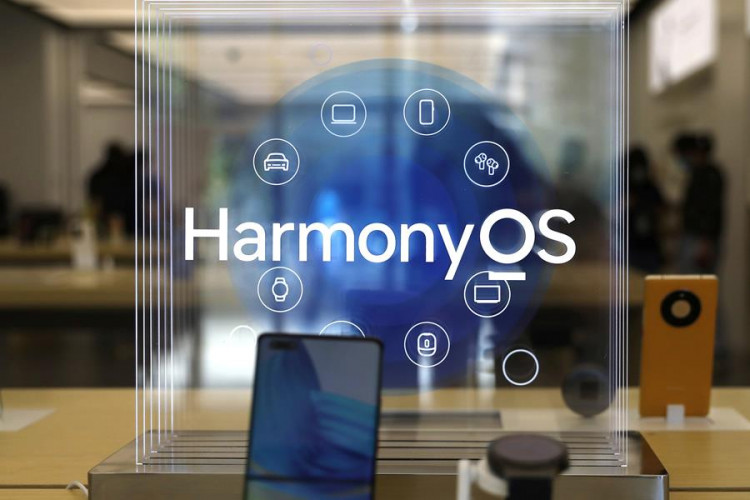Huawei has launched its own operating system - an update of the homegrown HarmonyOS - across a host of devices, including smartphones and tablets, reports said Thursday.
The China technology company is seeking to end its reliance on U.S. technology and might pit itself against software from Apple and Google.
A trade ban imposed by the U.S. last year prevented Huawei devices from working fully with Google's Android operating system because it blocked access to apps like Gmail.
The U.S. placed Huawei on its Entity List, saying the company might aid China's espionage efforts, an allegation Huawei denies.
Huawei said its new HarmonyOS is loaded with special features and capitalizes on demand to link devices - known as the ''internet of things," Middle East North Africa Financial Network, Inc. said Thursday.
Experts who have examined Huawei's HarmonyOS said it is based on elements of the Android Open Source Project, the source code that makes up Android and which Huawei and other companies are free to use.
The Shenzhen, China-based company has been developing HarmonyOS since 2016 and said it was a system compatible with many internet-connected devices from smartphones to wearables.
"HarmonyOS is designed to provide the glue between a growing array of connected devices that Huawei is targeting," CNBC quoted Ben Wood, chief analyst at CCS Insight, as saying.
Huawei announced that around 100 of its smartphone models would use the company's proprietary HarmonyOS system and the OS would be available on some tablets and smart TVs in the fourth quarter this year.
Huawei said it didn't consider HarmonyOS to be a replacement for Android - which accounted for 85% of smartphones shipped in 2019.
Apple's iOS accounts for the remaining 15%, according to research company IDC.
<iframe width="1280" height="720" src="https://www.youtube.com/embed/I9Lsw2IaH_E" title="YouTube video player" frameborder="0" allow="accelerometer; autoplay; clipboard-write; encrypted-media; gyroscope; picture-in-picture" allowfullscreen></iframe>






